AJAX - 向服务器发送请求
AJAX - 向服务器发送一个请求
要想把请求发送到服务器,我们就需要使用 open() 方法和 send() 方法。
open() 方法需要三个参数:
第一个参数定义发送请求所使用的方法(GET 还是 POST)。
与 POST 相比,GET 更简单也更快,并且在大部分情况下都能用。
然而,在以下情况中,请使用 POST 请求:
无法使用缓存文件(更新服务器上的文件或数据库)向服务器发送大量数据(POST 没有数据量限制)发送包含未知字符的用户输入时,POST 比 GET 更稳定也更可靠
第二个参数规定服务器端脚本的 URL(该文件可以是任何类型的文件,比如 .txt 和 .xml,或者服务器脚本文件,比如 .asp 和 .php (在传回响应之前,能够在服务器上执行任务))。
第三个参数规定应当对请求进行异步地处理(true(异步)或 false(同步))。
send() 方法可将请求送往服务器。如果我们假设 HTML 文件和 ASP 文件位于相同的目录,那么代码是这样的:
xmlHttp.open("GET","time.asp",true);
xmlHttp.send(null);
GET 还是 POST?
与 POST 相比,GET 更简单也更快,并且在大部分情况下都能用。
然而,在以下情况中,请使用 POST 请求:
无法使用缓存文件(更新服务器上的文件或数据库)向服务器发送大量数据(POST 没有数据量限制)发送包含未知字符的用户输入时,POST 比 GET 更稳定也更可靠
一个简单的 GET 请求:
xmlhttp.open("GET","demo_get.html",true);
xmlhttp.send();您可能得到的是缓存的结果。
为了避免这种情况,请向 URL 添加一个唯一的 ID:
xmlhttp.open("GET","demo_get.html?t=" + Math.random(),true);
xmlhttp.send();如果您希望通过 GET 方法发送信息,请向 URL 添加信息:
xmlhttp.open("GET","demo_get2.html?fname=Henry&lname=Ford",true);
xmlhttp.send();完整代码:
<!DOCTYPE html>
<html>
<head>
<script>
function loadXMLDoc()
{
var xmlhttp;
if (window.XMLHttpRequest)
{// code for IE7+, Firefox, Chrome, Opera, Safari
xmlhttp=new XMLHttpRequest();
}
else
{// code for IE6, IE5
xmlhttp=new ActiveXObject("Microsoft.XMLHTTP");
}
xmlhttp.onreadystatechange=function()
{
if (xmlhttp.readyState==4 && xmlhttp.status==200)
{
document.getElementById("myDiv").innerHTML=xmlhttp.responseText;
}
}
xmlhttp.open("GET","/try/ajax/demo_get2.php?fname=Henry&lname=Ford",true);
xmlhttp.send();
}
</script>
</head>
<body>
<h2>AJAX</h2>
<button type="button" onclick="loadXMLDoc()">请求数据</button>
<div id="myDiv"></div>
</body>
</html>一个简单 POST 请求:
xmlhttp.open("POST","demo_post.html",true);
xmlhttp.send();如果需要像 HTML 表单那样 POST 数据,请使用 setRequestHeader() 来添加 HTTP 头。然后在 send() 方法中规定您希望发送的数据
xmlhttp.open("POST","ajax_test.html",true);
xmlhttp.setRequestHeader("Content-type","application/x-www-form-urlencoded");
xmlhttp.send("fname=Henry&lname=Ford");语法:
setRequestHeader(header,value) 向请求添加 HTTP 头。
header: 规定头的名称
value: 规定头的值
完整代码:
<!DOCTYPE html>
<html>
<head>
<script>
function loadXMLDoc()
{
var xmlhttp;
if (window.XMLHttpRequest)
{// code for IE7+, Firefox, Chrome, Opera, Safari
xmlhttp=new XMLHttpRequest();
}
else
{// code for IE6, IE5
xmlhttp=new ActiveXObject("Microsoft.XMLHTTP");
}
xmlhttp.onreadystatechange=function()
{
if (xmlhttp.readyState==4 && xmlhttp.status==200)
{
document.getElementById("myDiv").innerHTML=xmlhttp.responseText;
}
}
xmlhttp.open("POST","/try/ajax/demo_post2.php",true);
xmlhttp.setRequestHeader("Content-type","application/x-www-form-urlencoded");
xmlhttp.send("fname=Henry&lname=Ford");
}
</script>
</head>
<body>
<h2>AJAX</h2>
<button type="button" onclick="loadXMLDoc()">Request data</button>
<div id="myDiv"></div>
</body>
</html>url - 服务器上的文件
open() 方法的 url 参数是服务器上文件的地址:
xmlhttp.open("GET","ajax_test.html",true);
该文件可以是任何类型的文件,比如 .txt 和 .xml,或者服务器脚本文件,比如 .asp 和 .php (在传回响应之前,能够在服务器上执行任务)。
异步 - True 或 False?
AJAX 指的是异步 JavaScript 和 XML(Asynchronous JavaScript and XML)。
XMLHttpRequest 对象如果要用于 AJAX 的话,其 open() 方法的 async 参数必须设置为 true:
xmlhttp.open("GET","ajax_test.html",true);
对于 web 开发人员来说,发送异步请求是一个巨大的进步。很多在服务器执行的任务都相当费时。AJAX 出现之前,这可能会引起应用程序挂起或停止。
通过 AJAX,JavaScript 无需等待服务器的响应,而是:
在等待服务器响应时执行其他脚本当响应就绪后对响应进行处理
Async=true
当使用 async=true 时,请规定在响应处于 onreadystatechange 事件中的就绪状态时执行的函数:
xmlhttp.onreadystatechange=function()
{
if (xmlhttp.readyState==4 && xmlhttp.status==200)
{
document.getElementById("myDiv").innerHTML=xmlhttp.responseText;
}
}
xmlhttp.open("GET","ajax_info.txt",true);
xmlhttp.send();Async = false
如需使用 async=false,请将 open() 方法中的第三个参数改为 false:
xmlhttp.open("GET","test1.txt",false);
我们不推荐使用 async=false,但是对于一些小型的请求,也是可以的。
请记住,JavaScript 会等到服务器响应就绪才继续执行。如果服务器繁忙或缓慢,应用程序会挂起或停止。
注意:当您使用 async=false 时,请不要编写 onreadystatechange 函数 - 把代码放到 send() 语句后面即可:
xmlhttp.open("GET","ajax_info.txt",false);
xmlhttp.send();
document.getElementById("myDiv").innerHTML=xmlhttp.responseText;实例:
<!DOCTYPE HTML>
<html>
<head>
<meta charset="utf-8">
<title>实例</title>
<script>
window.onload = function() {
var oBtn = document.getElementById('btn');
oBtn.onclick = function() {
var xhr = null;
if(window.XMLHttpRequest){
xhr = new XMLHttpRequest();
}else{
xhr = new ActiveXObject('Microsoft.XMLHTTP');
}
xhr.open('get','new.php',true); //引入new.php文件
xhr.send();
xhr.onreadystatechange = function() {
if ( xhr.readyState == 4 ) {
if ( xhr.status == 200 ) {
//alert( xhr.responseText ); 后端传来的格式是一个数组里面很多条json 自己可以测试下
var data = JSON.parse( xhr.responseText ); // 将后台获取的内容转为json类型 每一个json里面有两个键:title和date
var oUl = document.getElementById('ul1'); //获取显示新闻列表的节点
var html = '';
for (var i=0; i<data.length; i++) { // 循环所有的json数据,并把每一条添加到列表中
html += '<li><a href="">'+data[i].title+'</a> [<span>'+data[i].date+'</span>]</li>';
}
oUl.innerHTML = html; //把内容放在页面里
} else {
alert('出错了,Err:' + xhr.status);
}
}
}
}
}
</script>
</head>
<body>
<input type="button" value="按钮" id="btn" />
<ul id="ul1"></ul>
</body>
</html>创建一个new.php文件:
<?php
header('content-type:text/html;charset="utf-8"');
error_reporting(0);
$news = array(
array('title'=>'女总理默克尔滑雪时摔倒 骨盆断裂','date'=>'2014-1-6'),
array('title'=>'驻英外交官撰文互称对方国家为"伏地魔"','date'=>'2014-1-6'),
array('title'=>'安倍:望与中国领导人会面 中方:你关闭了大门','date'=>'2014-1-6'),
array('title'=>'揭秘台湾驻港间谍网运作 湖北宜昌副市长被查','date'=>'2014-1-6'),
array('title'=>':嫦娥三号是货真价实的中国创造','date'=>'2014-1-6'),
);
echo json_encode($news);
?>

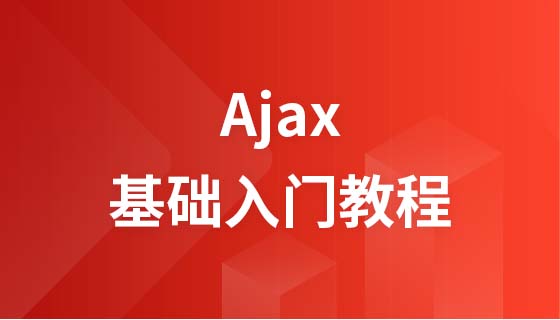
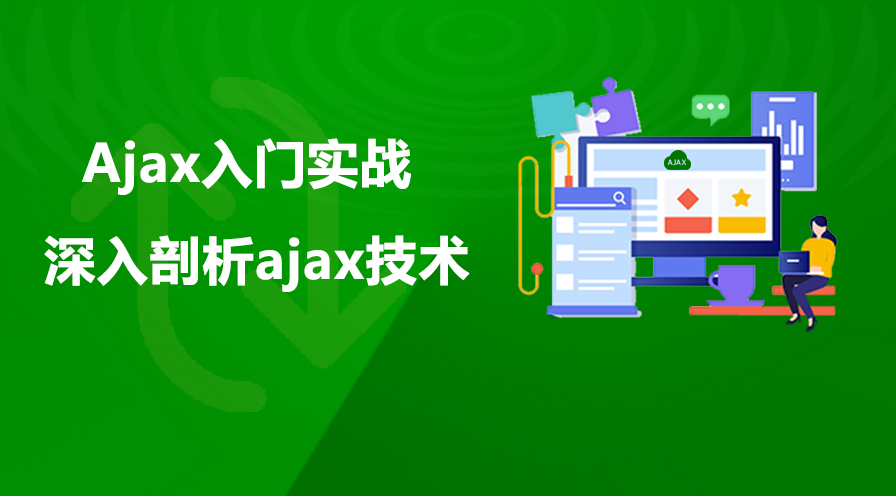
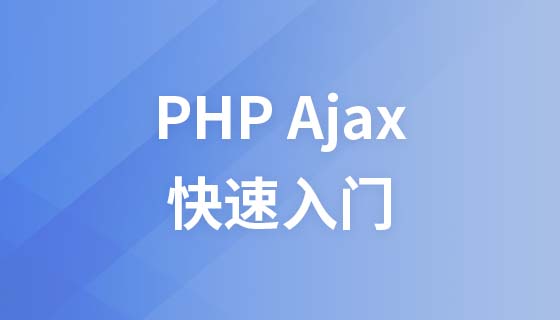
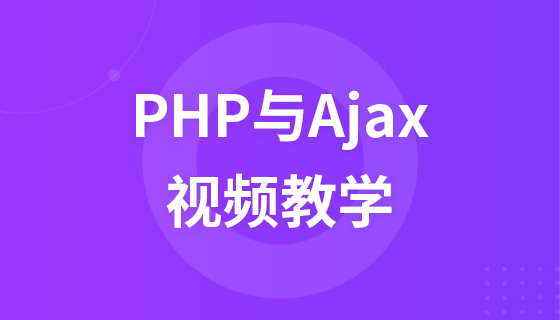

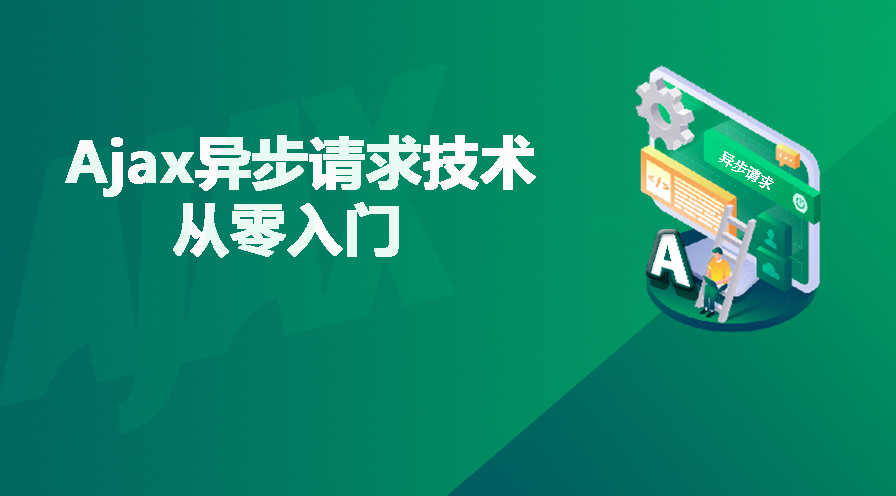
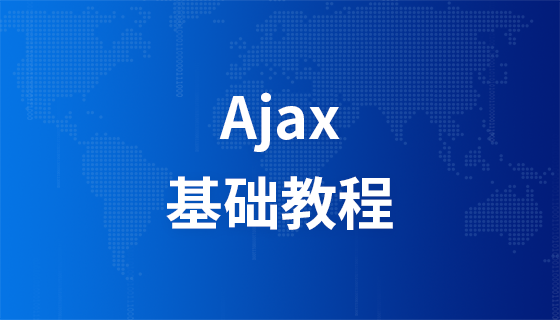
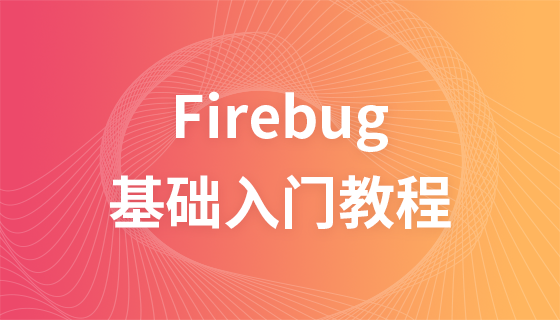
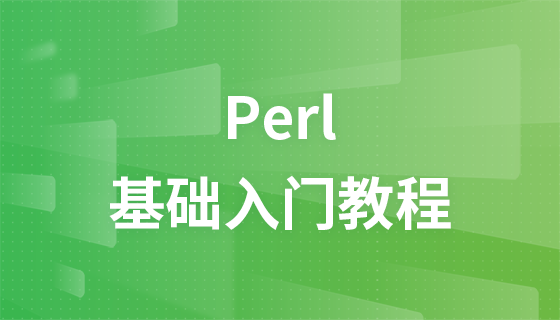
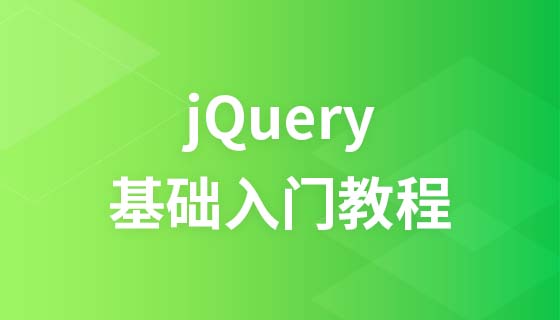
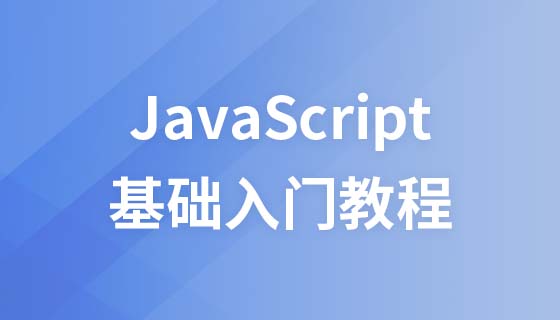
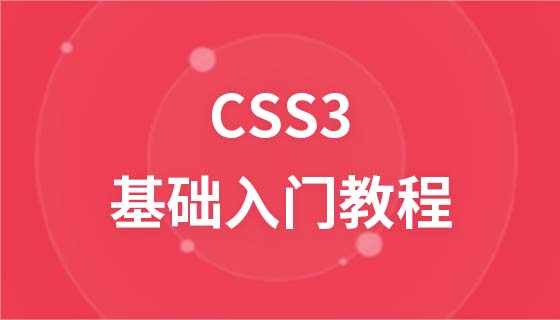



面对疾风吧
有的知识点出现的很突然,让我措手不及,然后。。。就不会了。
7年前 添加回复 1